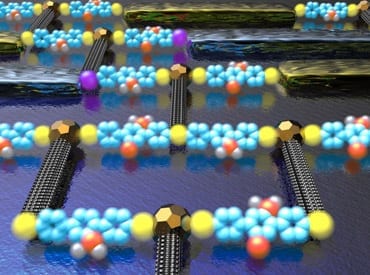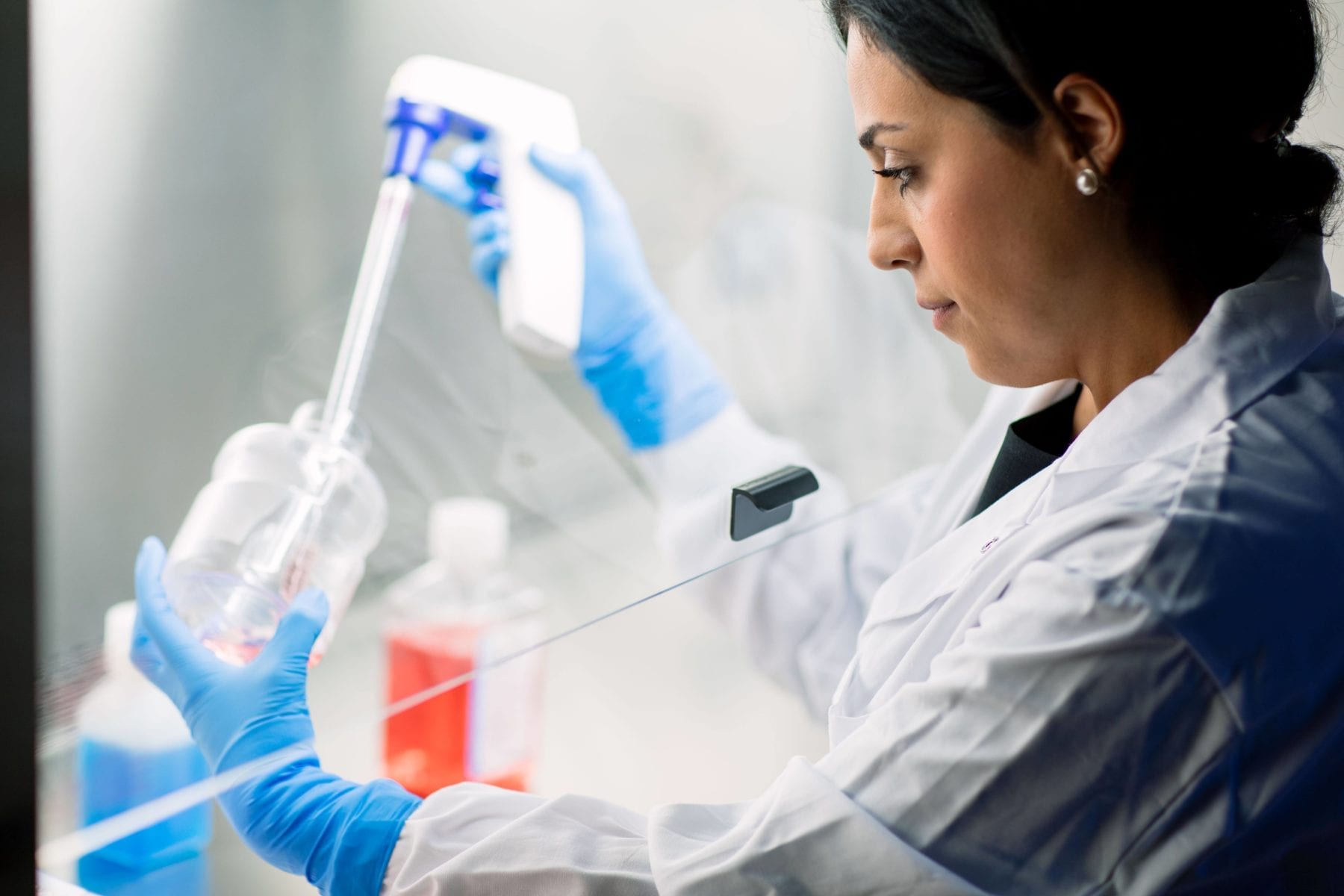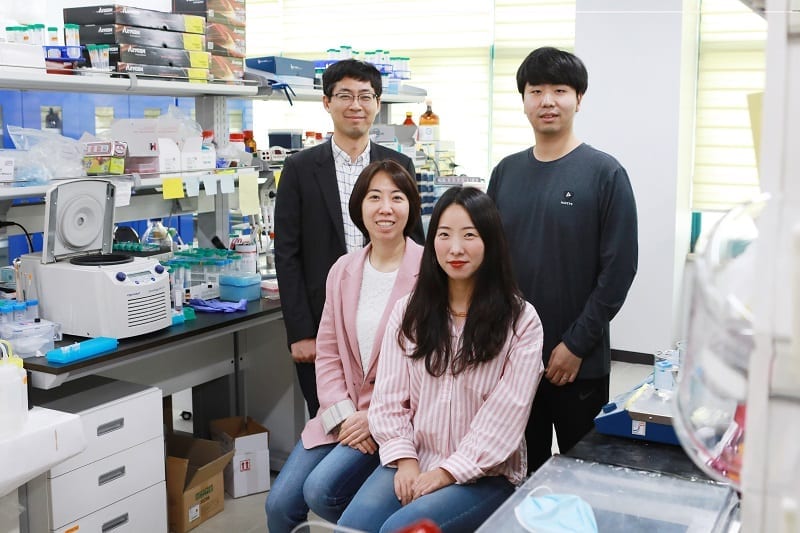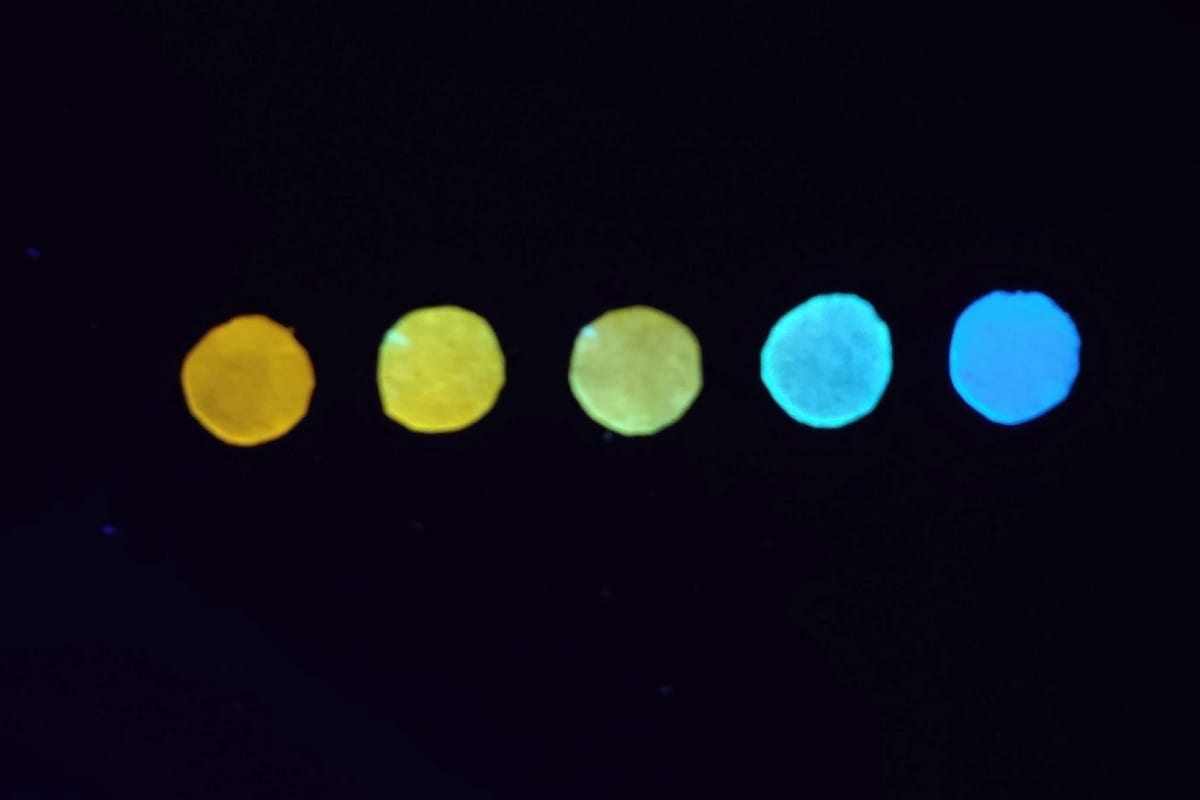via ASDN.net
By creating a new type of molecular circuit switch, the team may have just opened the door to ultra-high-density computing within our lifetime.
An international team with ties to UCF has cracked a challenge that could herald a new era of ultra-high-density computing.
For years engineers and scientists around the world have been trying to make smaller and faster electronics. But the power needed for today’s design tends to overheat and fry the circuits. Circuits are generally built by connecting a diode switch in series with a memory element, called one diode–one resistor. But this approach requires large voltage drops across the device, which translates into high power, and hampers shrinking circuitry beyond a certain point as two separate circuit elements are required. Many teams are working on combining the diode and resistor into a single device.
These one-on-one molecular switches are great options, but they too have been limited to carrying out only one function and even then, they were often fraught with problems including unstable electrical voltage variances and limited lifespans.
The international team, led by Christian Nijhuis from the National University of Singapore and with co-authors Damien Thompson at the University of Limerick and Enrique del Barco the University of Central Florida, made the breakthrough detailed June 1 in the peer-reviewed journal Nature Materials.
The team created a new type of molecular switch that works as both a diode and a memory element. The device is 2 nanometers thick, the length of a single molecule (10,000 times smaller than the width of hair), and only requires a low drive voltage of less than 1 Volt.
“The community is quickly advancing in identifying novel electronic device applications at the molecular scale,” says Del Barco, a professor who specializes in quantum physics. “This work may help speed-up development of new technologies involving artificial synapses and neural networks.”
Nijhuis, who specializes in chemistry, led the team. Damien Thompson from the University of Limerick provided computational theory expertise and del Barco and his team of students and lab scientists provided the theoretical analysis.
How it works
The molecular switch operates in a two-step mechanism where the injected charge is stabilized by migration of charged ions between the molecules and the device surface. That’s made possible by bonding the molecules in pairs. Using a combination of electrical measurements and atomic-scale measurements guided by quantum mechanics, the team found a sweet spot between stability and switch ability that yielded the dual diode+memory resistive RAM memory at a microscopic scale, according to the paper.
“There are still some challenges and more work in this area is needed, but this is a significant breakthrough,” Nijhuis says.
The Latest Updates from Bing News & Google News
Go deeper with Bing News on:
Ultra-high-density computing
- Apple M4 iPad Pro In Action (Video)
With its ultra-thin design and the introduction of the powerful ... The OLED display offers true blacks and a wide color gamut, ensuring accurate color reproduction. The high pixel density ensures ...
- Why Samsung’s answer to the MacBook Pro can’t quite compete
Beyond just aesthetics, the MacBook Pro is the more robust-feeling laptop. The Galaxy Book4 Ultra isn’t made out of a machined block of aluminum, and therefore has some weak points in the chassis.
- Capacitor Boosts Performance In High-Performance Systems
The capacitor is designed for high-performance systems, ensuring power integrity with low impedance and a slim, integrable profile.
- Samsung Galaxy Book4 Ultra review: it’s no MacBook Pro
Very few non-gaming laptops have sought to challenge the M3 Max MacBook Pro on the graphics front, but the Galaxy Book4 Ultra, with up to an RTX 4070 and a Core Ultra 9 185H processor, is one of them.
- LQDX Divests Aluminum Soldering Business - Mina™ - to Taiyo America Inc.
LQDX (lick-QUID-ix), formerly known as Averatek Corp., developer of high-performance materials for advanced semiconductor manufacturing, today announced that it has divested its aluminum soldering ...
Go deeper with Google Headlines on:
Ultra-high-density computing
[google_news title=”” keyword=”ultra-high-density computing” num_posts=”5″ blurb_length=”0″ show_thumb=”left”]
Go deeper with Bing News on:
Molecular circuit
- Molecular Diagnosis of Leukemia
RT-qPCR can be performed using various fluorescent chemistries (e.g., DNA binding dyes, TaqMan® hydrolysis probes [Roche], Lightcycler® dual hybridization probes [Roche], Molecular Beacons ...
- News tagged with molecular biology
The Wistar Institute's associate professor Mohamed Abdel-Mohsen, Ph.D., along with his team and collaborators, has identified sugar abnormalities in the blood that may promote biological aging and ...
- Biochemistry and Molecular Biology Major
This Bachelor of Science (B.S.) degree is offered jointly by the departments of biology and chemistry, with six full-time professors with Ph.D.'s in either biochemistry or molecular biology. This ...
- Nathan Derr
Nature Methods. 8, 789-792. DelRosso NV**, Hews S, Spector L & Derr ND. (2017) A Molecular Circuit Regenerator to Implement Iterative Strand Displacement Operations. Angewandte Chemie International ...
- Molecular Omics
The guide will also help if for any reason you have difficulty accessing the content you want. Molecular Omics publishes high-quality research in the -omics sciences. We welcome scientific research ...
Go deeper with Google Headlines on:
Molecular circuit
[google_news title=”” keyword=”molecular circuit” num_posts=”5″ blurb_length=”0″ show_thumb=”left”]











